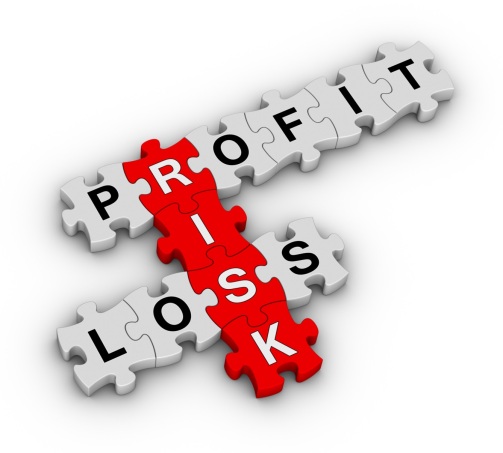No risk no reward it is often said. Small business ownership is definitely not for the faint at heart. Owning your own business has incredible rewards and can represent everything about yourself professionally. The old saying of “you’ll never work a day in your life if you love what you do” certainly applies to many small business owners.
However, the same passion small business owners have for their core business does not necessarily translate well to other areas outside their core competency. Welcome to the world of indirect costs. It does not matter if you are restaurant, medical office, manufacturer or a retail store, indirect costs can eat right through your profits in no time. Indirect costs include many areas that are not a deliverable to your customer such as transportation, merchant services, electricity, gas, fuel, insurance and office equipment or supplies.
Small business owners struggle in these areas because of a lack of expertise, leverage and most importantly the lack of time. The indirect cost providers have no such lack of expertise or time compared to the small business owner. This usually leaves the small business owner with the least amount of leverage. Kind of like a nail to hammer relationship! Not much leverage for the old nail.
However, small business owners do have options to increase their leverage if they choose. Here are three ways they can increase their leverage with indirect costs:
- Open up negotiations – there a lot of indirect expenses in which there are no restrictions to competition so rebidding the service is a very viable option. This even includes using your current provider. There is nothing wrong with checking the marketplace for updated pricing and service plans. Service levels, service providers, technology and your own needs change over time. You just might be surprised to find key savings right in front of you.
- Buying groups – buying groups add value to their members through essentially group discounting. These groups are often associated by industry and can be a very effective way to increase leverage with providers to the industry. There can be costs associated with joining these groups, but the cost of membership can easily payoff in the savings associated.
- Strategic partnerships – there are strategic partners that specialize in indirect costing solutions that give small business access to negotiation leverage they just can’t get on their own. These partners add leverage to the small business owner through their expertise and their relationships with these types of providers. They can provide preferential pricing to the small business owner because of their track record and relationship with these providers and pass these savings onto the small business owner. These partnerships not only pass along savings to their clients, but they also allow small business owners to leverage time because they act on the behalf of the small business owner allowing them to focus on their core business. Some of these partners specialize in one are while others can provide a one stop shop for all indirect costs.
Small business ownership requires maintaining cost to keep you competitive in the marketplace. While you can’t save your way to higher sales, you can price yourself out of the market. Indirect costs are just part of doing business so make sure to review those costs for opportunities that just might give you an edge. If it has been a while since you reviewed those contracts the investment of time could payoff exponentially.
If you know of anyone that would like more information on how to reduce their indirect costing solutions in transportation, utilities, insurance, merchant services or many other areas please email info@atssoutherncal.com.
Question: what’s the longest you have gone without reviewing a service contract with your indirect provider such as small package delivery, insurance or merchant services?







